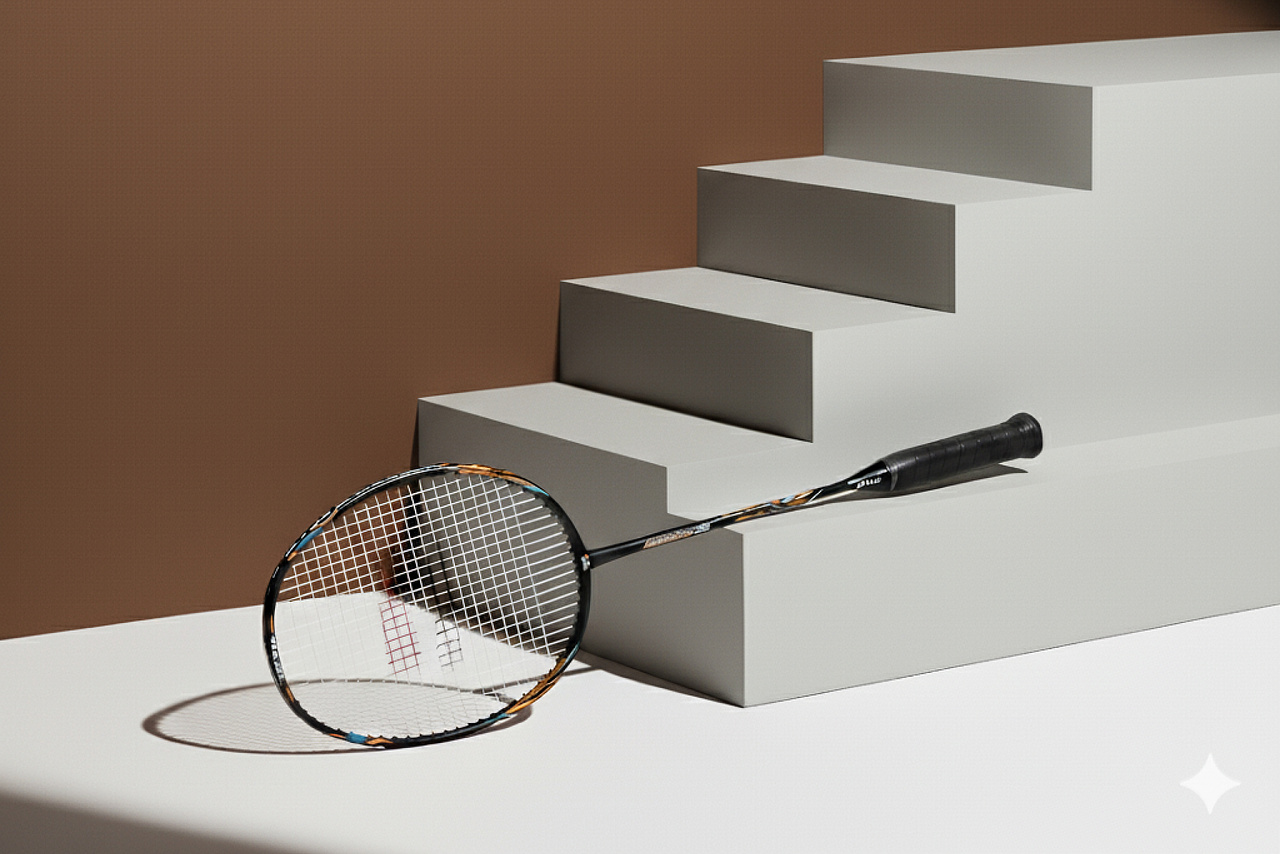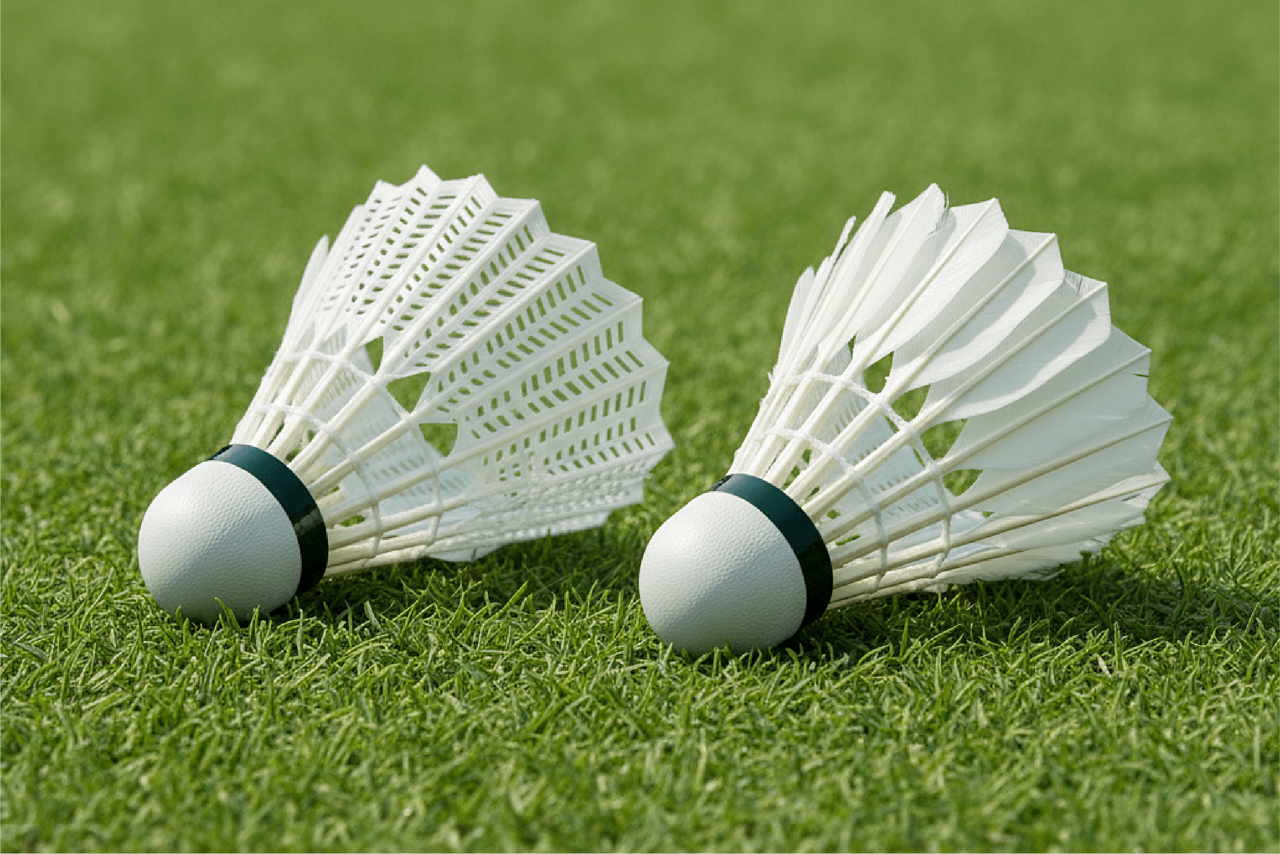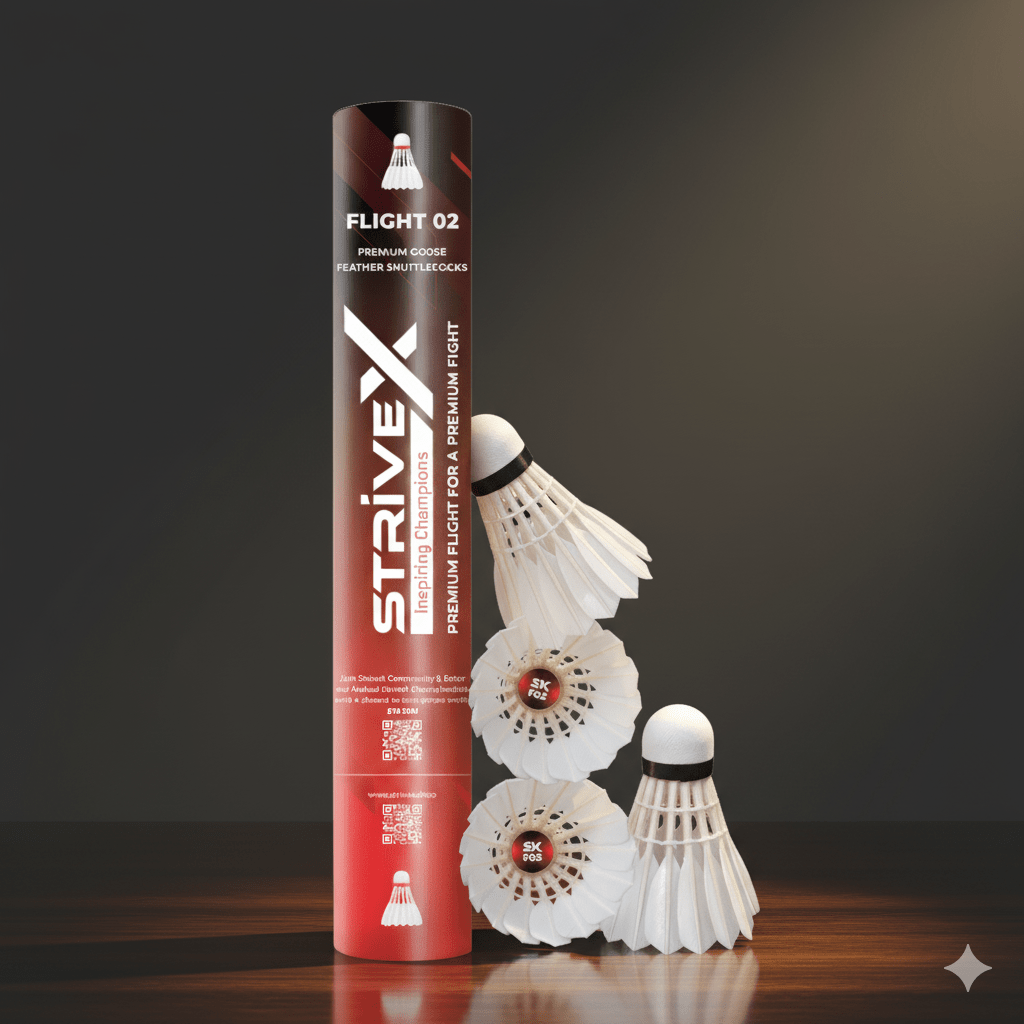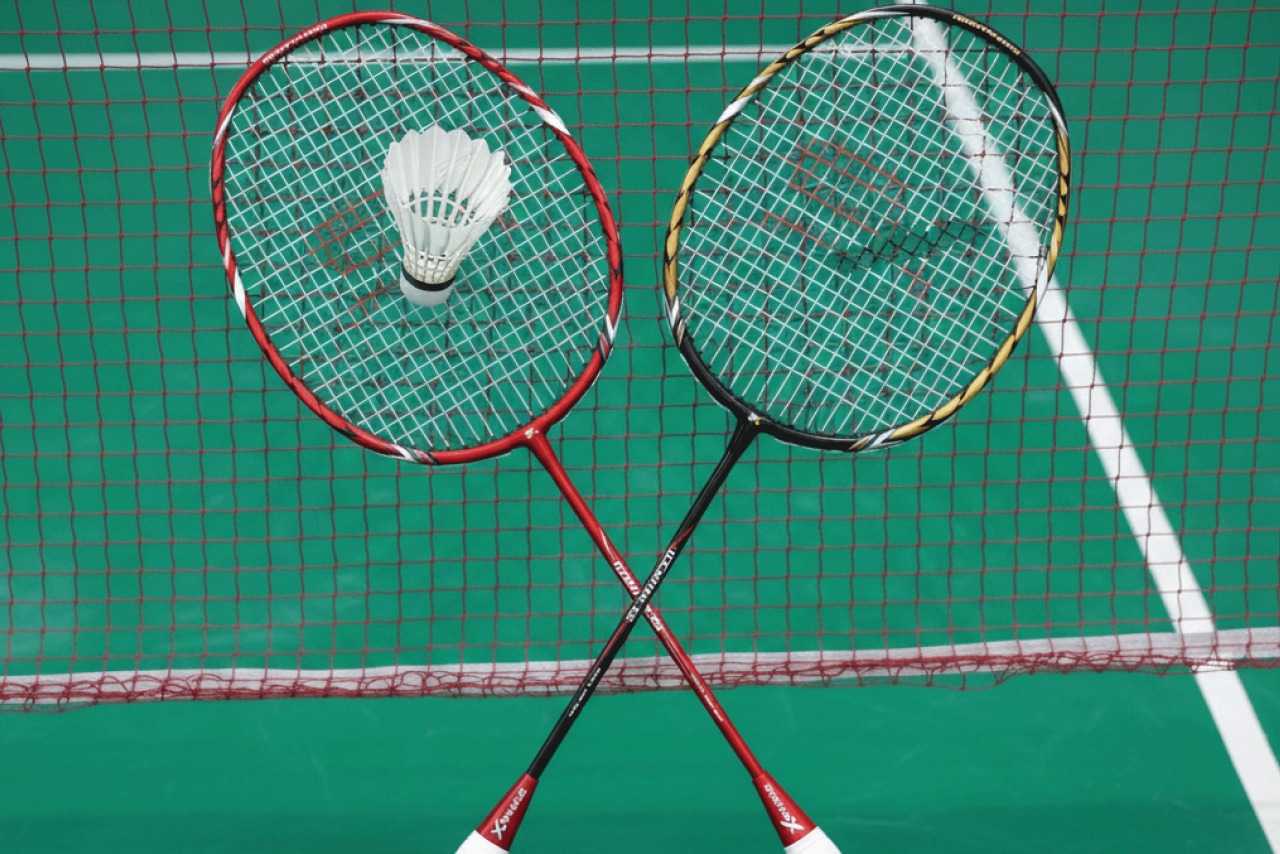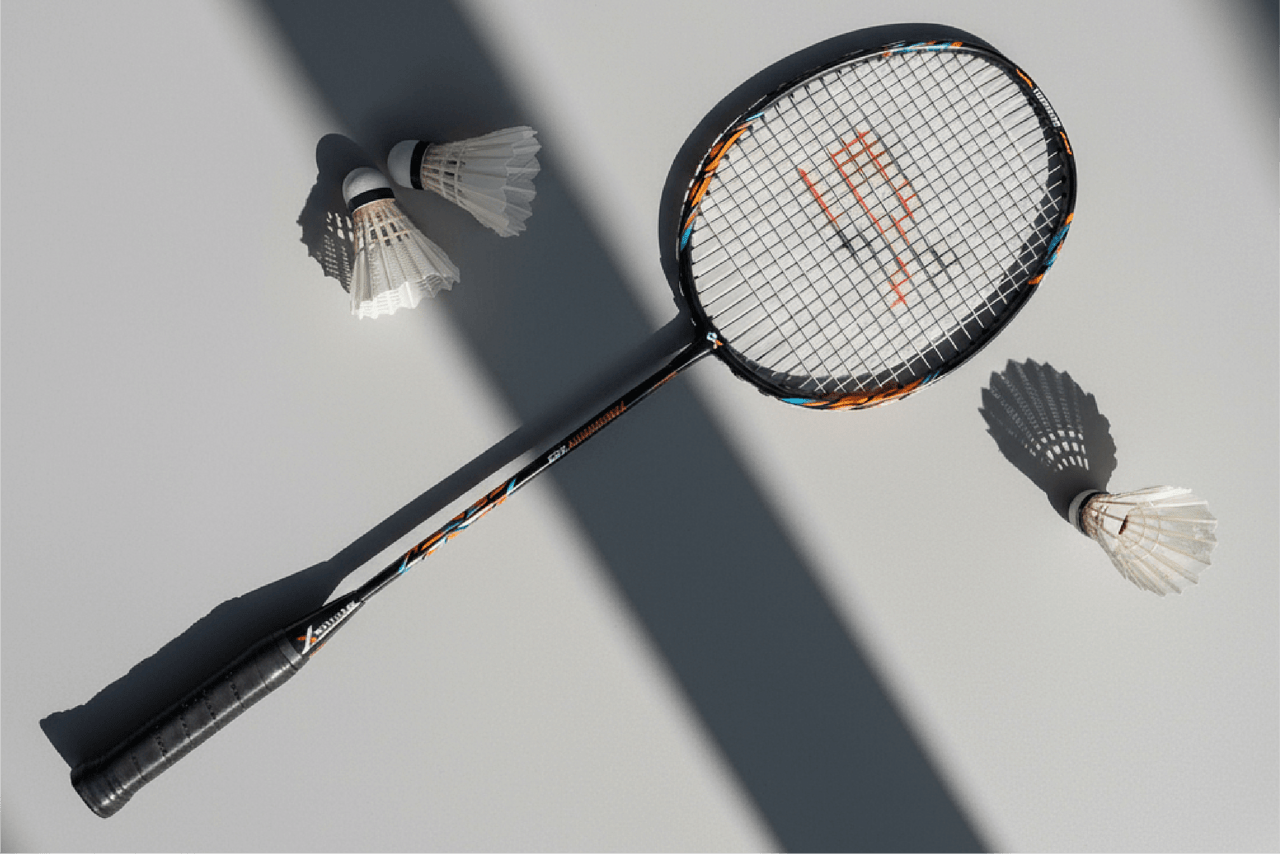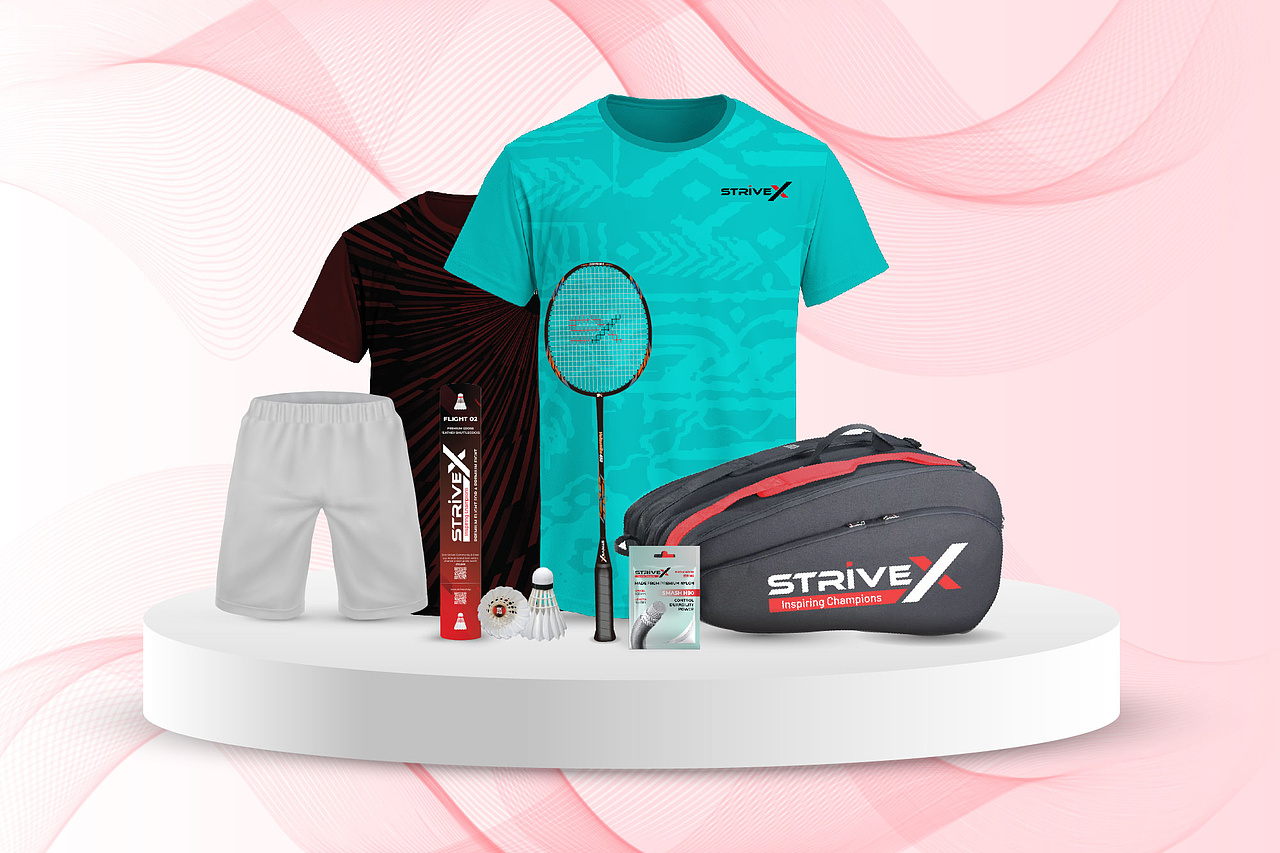Choosing a badminton racket is an essential task. It will make your on-court movement feel natural, shots more accurate, and the overall pace of the game smoother. A racket that suits a player’s style will help him to stay consistent in the game.
For a beginner, choosing the right racket can make all the difference between enjoying the game and getting frustrated. And for an experienced player, a racket selection draws a fine line between winning and losing.
This blog will help you select a racket and understand the parameters that you look for while buying a new racket, whether you are a beginner or an experienced player.
Why Choosing the Right Badminton Racket Matters?
A right badminton racket matters because it directly affects your speed, control and stamina throughout a match. A right racket must feel comfortable while playing. A light frame can limit the strength, whereas a heavy one can slow down your reaction.
There are various types of rackets designed to suit different playing styles. It is important to choose the one that complements your strengths, enhances your technique, and feels natural in your hand.
Understanding the Basics of a Badminton Racket
Every part of the badminton racket plays a role in how it responds. Understanding the structure of the racket is the first step to figuring out your preferences during a play.
What are the Components of a Racket?
Frame/Head: The loop, where the strings are strung, is commonly called the head. The frame affects the racket’s aerodynamics, string bed size, and sweet spot. Larger heads generally offer a bigger sweet spot, which can make mishits more forgiving.
Strings: Strings transfer energy from your hand to the shuttle; they are woven tightly (or loosely, depending on tension) across the frame. The way they are strung affects control, feel, and how much force you need to generate speed.
Shaft: Running between the handle and the head, the shaft determines how stiff or flexible the racket feels. This is key to how the racket reacts to wrist movement and swing speed.
Grip: The Grip or handle is the only part of the racket you hold. Its shape, length, and grip size affect manoeuvrability and comfort. An incorrect grip size can mess with your technique and strain your hand or wrist over time.
What Types of Badminton Rackets are there?
All badminton rackets are built differently. The rackets are made to highlight different strengths, and selecting the right one depends on how you play in court.
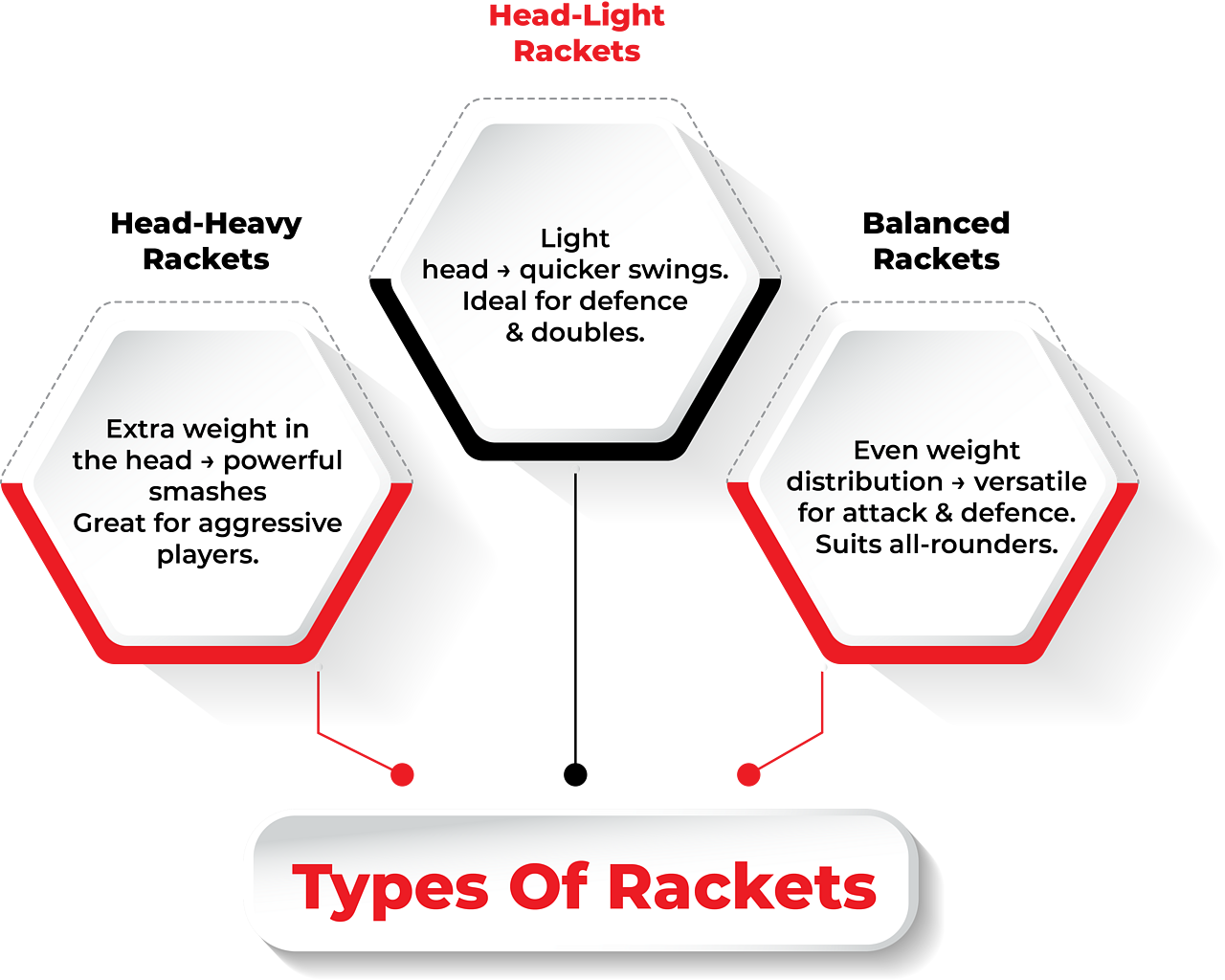
Head-Heavy Rackets: Head-heavy rackets carry more weight in the head, giving extra momentum to the shots. Players who rely on strong, attacking smashes often prefer this style. The added weight helps generate greater impact, but it can also demand more strength and stamina to control over a long game.
Head-Light Rackets: These rackets have lightweight heads and feel quicker in the hand. They allow faster swings, speedier recovery between shots, and are handy for defensive players who thrive on speed and precision. Doubles players also favour them for sharp net play and fast exchanges.
Balanced Rackets: Weight is distributed evenly across the frame in a balanced racket. This makes them versatile and reliable for players who enjoy a balanced mix of attack and defence. These rackets are the go-to option for all-rounders or for those still figuring out their preferred style.
What are the Key Factors You Must Consider Before Buying a New Racket?
Buying a badminton racket is a critical task as it is an extension of a player. Finding the right fit that supports your techniques and playing style is not that hard. The following are the main aspects a player should know before looking for a perfect racket.
Weight
The weight of a racket influences how it feels to play with. Badminton rackets are often categorised using a ‘U’ system, which indicates how heavy the racket is without strings and grip.
Weight unit Weight (grams) Characteristics
| 3U | 85–89 g | Slower in fast rallies compared to lighter rackets |
| 4U | 80–84 g | Less power on smashes than heavier rackets |
| 5U | 75–79 g | Less stability, shots may feel weaker if the technique is not strong. |
| 6U | 70–74 g | Harder to generate strong smashes; less durable in some cases. |
Grip Size and Material
The grip is the only contact point while playing, affecting both comfort and control. Larger grips offer a firmer hold for controlled strokes, while smaller grips allow wrist flexibility for quick angles and reflexes. Badminton grip sizes are typically marked as G1 to G5, although some brands reverse the order. Generally:
- G1: Thickest
- G5: Thinnest
In the UK, most rackets come in G4 or G5 by default.
Players often customise from there using overgrips.
Grip material also plays a key role in racket choice.
Synthetic Rubber (Polyurethane) Grip | Provide cushioning, tackiness, and durability. |
Towel Grip | Provides sweat absorption. |
Overgrip | Provides tackiness and increases the grip size |
Shaft Flexibility
Shaft flexibility refers to how much the racket’s shaft bends during your stroke. When you swing, a flexible shaft bends slightly backwards and then snaps forward as you hit the shuttle. This recoil effect adds force to your shot if timed right. A stiff shaft resists bending, putting more of the power burden on your technique.
Flexible Shafts: These types of shafts are suitable for beginners or players with slower swing speeds. These shafts are flexible shafts that bend more easily, which means they can generate decent power even if your timing is off or your wrist action is not sharp. The downside of using these shafts is that control can be inconsistent during fast rallies where precision matters a lot.
Medium-Flex Shafts: Intermediate players who are refining their shot selection and playing style prefer medium-flex shafts. It provides power but with better control. These shafts are ideal for those transitioning from a purely defensive game to one that includes attack.
Stiff Shafts: These shafts are preferred by advanced or professional players with strong wrists and fast swing speeds. A stiff shaft offers better feedback and control. There is little to no lag between your movement and the shuttle’s response. It is excellent for smashes, tight net drops and deceptive shots.
Frame Material and Build Quality
The frame of the racket is the first and foremost thing that influences the feel, weight, strength and cost. It is chosen based on the level of the player you are. The following are a few materials that badminton rackets are made of:
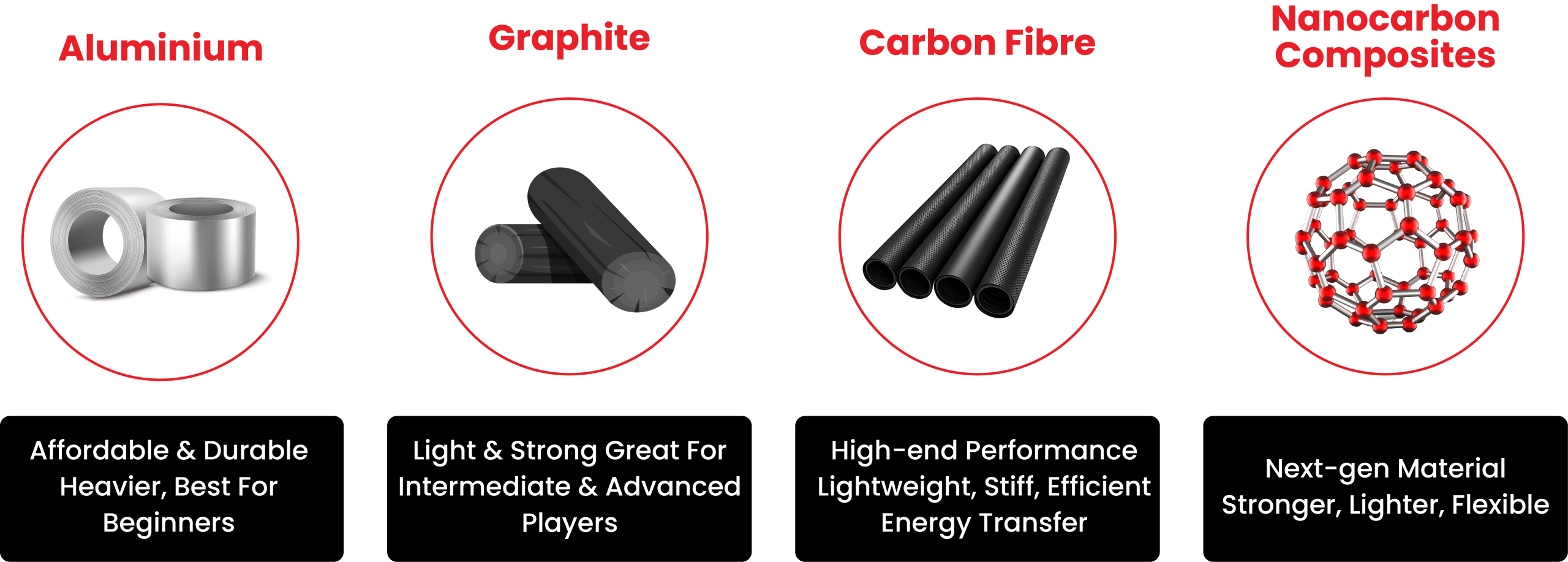
Aluminium: Aluminium rackets are heavier and more affordable. Beginner-level players often play with these rackets.
Graphite: These are lighter, stronger, and more responsive rackets. They are a staple for intermediate and advanced players.
Carbon Fibre: This material is a high-end option. These rackets are lightweight, stiff, and efficient at transferring energy.
Nanocarbon Composites: These are modifications to carbon-based materials that enhance strength and reduce weight without compromising flexibility.
String Tension
String tension has a major influence on control and power. Lower tension creates a larger sweet spot and is ideal for beginners or players seeking more forgiveness. Higher tension offers greater precision and control but requires better technique to use effectively.
Racket's Balance Point
The balance point tells you where most of the racket’s weight sits. It is a simple detail with a big impact on your swing.
Head-Heavy Racket: These rackets are heavier at the top and generate stronger smashes.
Head-Light Racket: It has more weight in the handle, is easier to manoeuvre, and quicker to react. Defensive players and fast-paced doubles prefer this racket.
Even-Balance Racket: These rackets are neutral, which means their head and handle are balanced. It offers both good power and speed. Beginner players and all-rounders prefer this racket.
To check it yourself, place the racket on your index finger, roughly around the shaft.
If it tilts one way or another, you have got your answer.
Racket Selection Based on Playing Level
Choosing the right badminton racket depends mainly on the player’s skill level. Below is the breakdown of the most suitable options for each level.
Beginner Players
When starting out, beginners should focus on a racket that feels light, comfortable, and forgiving. A balanced racket with good flexibility helps new players build technique without straining the wrist or arm. Lighter rackets (4U or 5U) make it easier to learn basic strokes. They are less tiring and more forgiving for players still working on coordination.
Intermediate Players
An intermediate player needs a racket that provides shot accuracy. A racket that helps them in fast rallies and strong smashes. Balanced or slightly head-heavy rackets offer the best mix of control and power. A mid-weight racket (3U or 4U) offers a good blend of speed and control. Players at this level often start fine-tuning their style, so balance becomes more important than extremes.
Recommended Rackets:
Voltastrike 300 – It is a stable and consistent racket, perfect for refining playing style.
Voltastrike 350 – This head-heavy racket will add more power to your hits without losing control.
Voltastrike 400 – It is an extra-light racket made of high-modulus graphite. It is ideal for longer sessions, resulting in less fatigue.
Advanced Players
Advanced players need rackets that respond quickly, generate explosive smashes, and deliver precise control. Heavier rackets (2U or 3U) may suit experienced players who can handle the extra weight without sacrificing speed. They tend to favour precision, timing, and shot consistency, particularly for offensive styles that rely on high shuttle speed.
Recommended Rackets:
Voltastrike 200 – This racket is perfect for players who thrive on powerful smashes. It is a head-heavy racket made of full-woven carbon.
Voltastrike 250 – A reliable all-rounder balanced racket that is easy to control, perfect for learning shot accuracy.
Voltastrike 450 – This balanced racket offers high precision and flexibility for both offensive and defensive strategies.
Final Thoughts
Choosing a badminton racket is an important task if you want your game to be good. The right racket will set a foundation for steady improvement and make the game enjoyable. It will help you in refining your competitive edge and make your shots more controlled and natural. Choose the one that complements your style.



